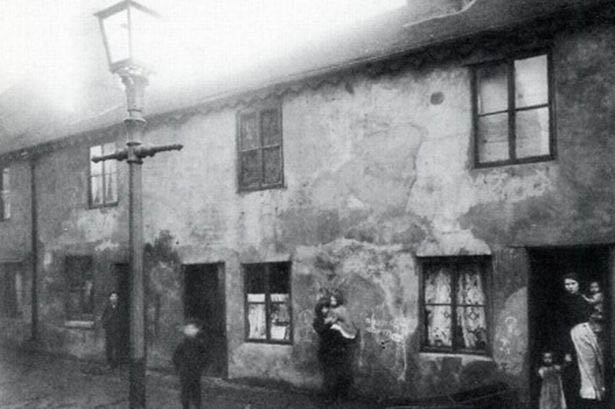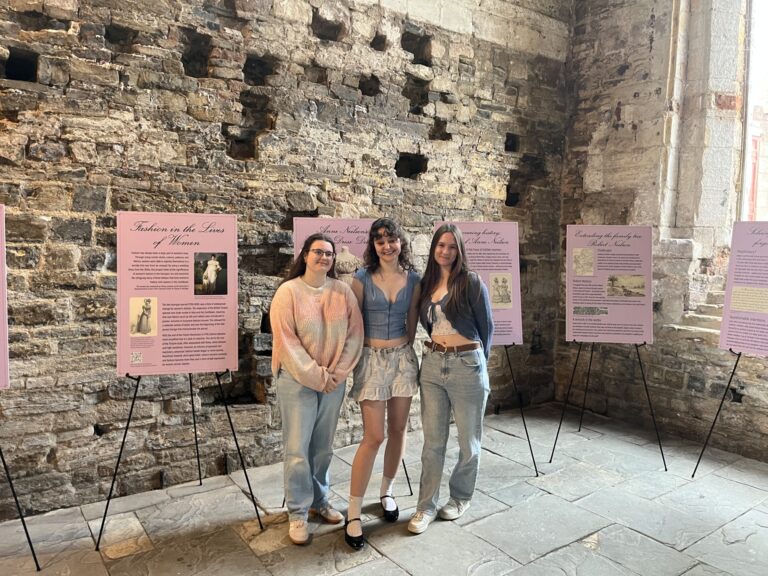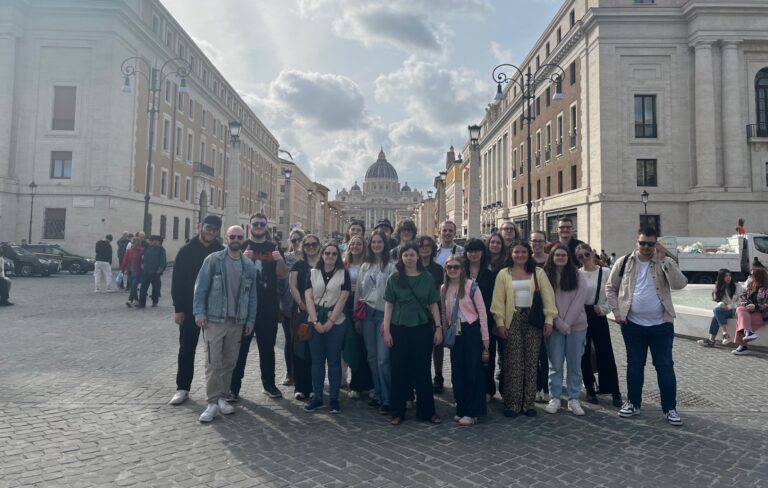| History
Peaky Blinders: History in the Media

I promised to keep an eye on the use of history in the media on this blog, and I thought it might be worth extending beyond my own ‘beat’ of early modern history. I didn’t have to go too far from my own territory, though: the history of my hometown of Birmingham is currently in the spotlight, thanks to the BBC drama series Peaky Blinders.
Starring Cillian Murphy and Helen McCrory, the series looks at the Birmingham of 1919, focussing on the eponymous criminal gang, reputed to have been so called because they stitched razor blades into the peaks of their newsboy caps.
In truth, the Blinders had more or less dissolved by 1919 – to be replaced by a series of other illegal bookmakers who continued to offer the pleasures and pains of gambling to the industrial working classes who were largely excluded from the well-to-do racetracks where betting on horses was allowed. But that’s not to say that Peaky Blinders is wholly ahistorical, and plenty of articles on the web have been written about how it has taken the history on which it was based and both used and adapted it. Historical fiction is big business, and a large part of how history is disseminated to the population – so it’s well worth looking at how it’s done.
Here’s Birmingham historian Carl Chinn rifling through the archives to sort fact from fiction.
And here’s a piece from BBC News which tries to cobble together the truth about the infamous gangsters.
Finally, here’s a bit of what our Course Leader Iain Robertson might think of as ‘heritage from below‘: an effort to save the Small Heath pub reputed to have been the headquarters of the gang.
All well worth thinking about when you tune into BBC Two next Thursday evening …



